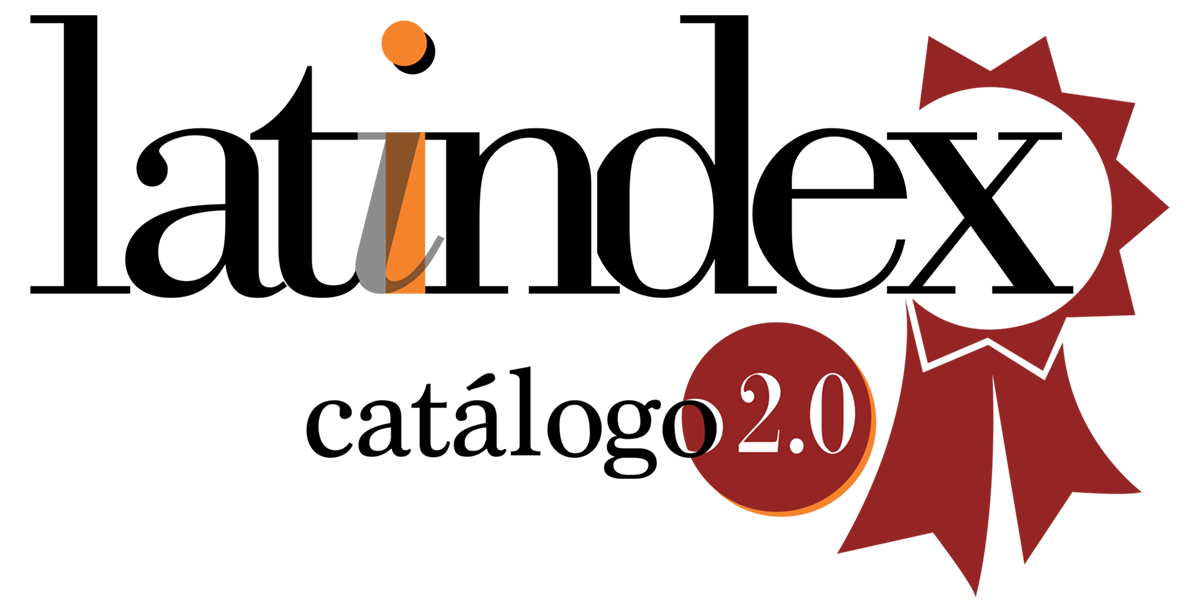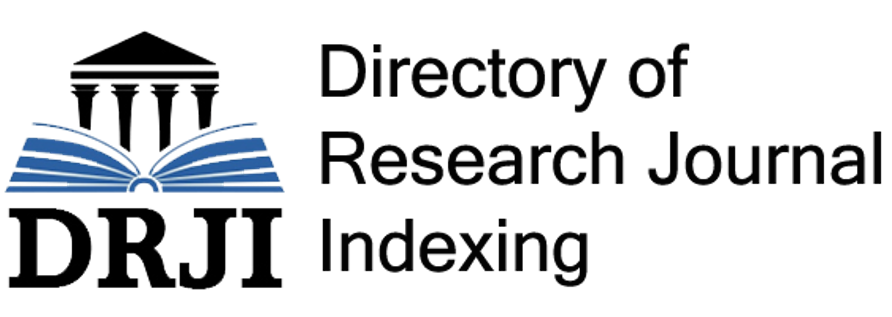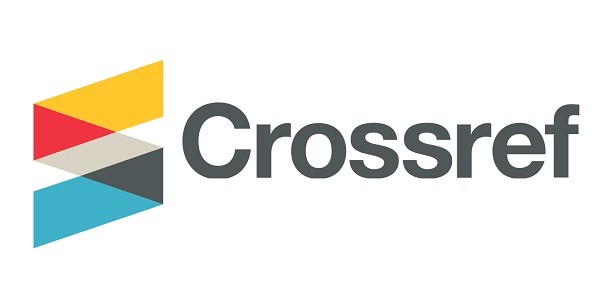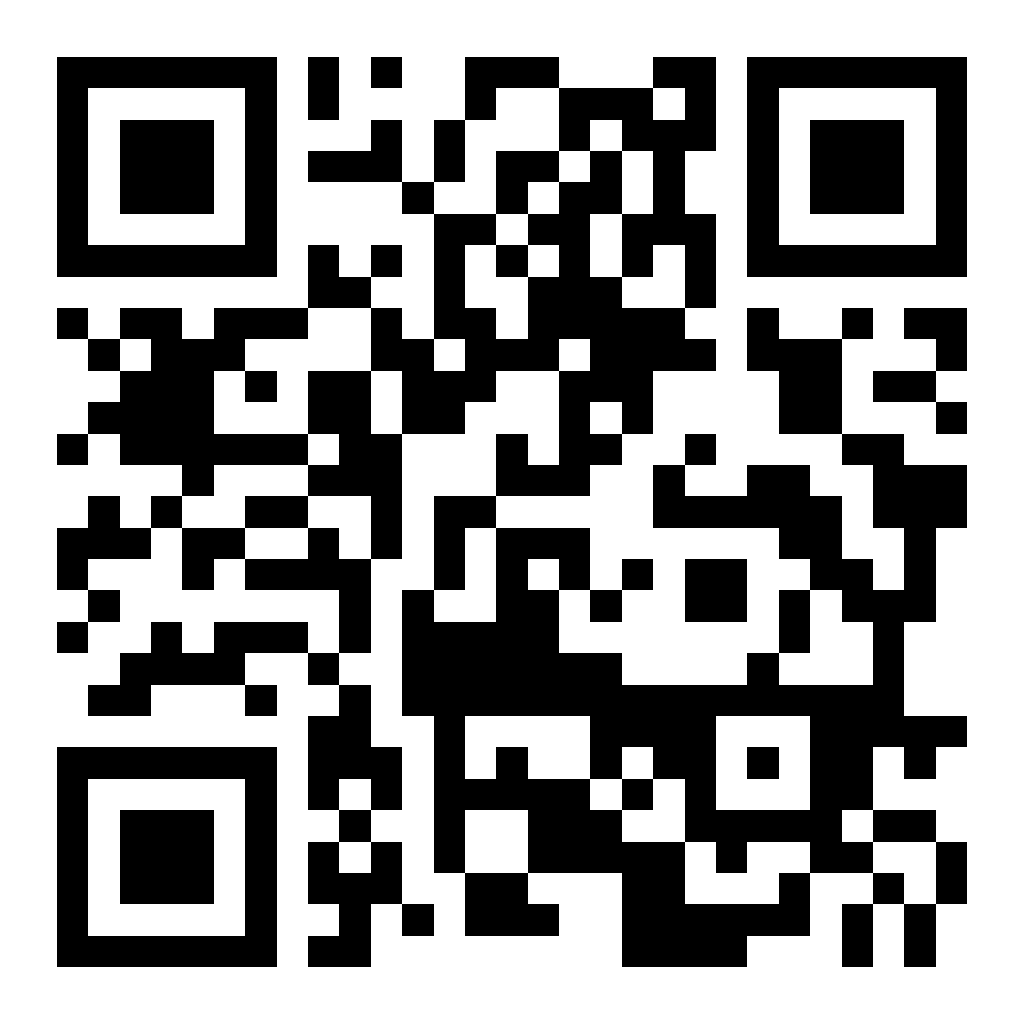Effect of Pelargonium sidoides extract on upper respiratory tract diseases and on the immune response
DOI:
https://doi.org/10.35954/SM2015.34.2.5Keywords:
Bronchitis; Infections of the respiratory system; Immunomodulation; PelargoniumAbstract
Pelargonium sidoides is a popular plant originally used in Africa, within traditional medicine, in the treatment of gastrointestinal and respiratory diseases. It is currently widely used in modern medicine in upper respiratory tract infections, which are one of the most frequent syndromes at the community level, so most of the studies of the effect of the extract of this medicinal plant are focused on this aspect. The objective of this work is to provide a synthesis of the proven effects of Pelargoniun sidoides (PS) extract, mainly in the treatment of upper respiratory tract diseases, in children and adults, as well as in the prevention of possible asthma episodes after upper respiratory tract viral infections and other applications in immunology; evaluating the recommended doses and possible side effects.
In addition, we are looking to broaden the spectrum of research towards other aspects of the immune system, as well as towards another range of microorganisms, searching for new applications in the use of this extract. The current data provide evidence of effectiveness and safety in the use of PS extract in acute bronchitis and other respiratory conditions in children and adults. On the other hand, it also confirms the improvement of the immune response at various levels, with the use of this extract, as well as different mechanisms in the inhibition of bacteria and viruses. With which it is inferred the possible use of this medicinal plant in the prevention, in addition to the treatment, in case of respiratory diseases as well as in other pathologies of viral or bacterial nature. This leaves open a wide field of study in the use of the extract.
Downloads
Metrics
References
(1) Brendler T, Van Wyk B. A historical, scientific and comercial perspective on the medicinal use of Pelargonium sidoides (Geraniaceae). J Ethnopharmacol 2008; 119(3):420-33.
(2) Patiroglu T, Tunc A, Gungor H E, Unal E. The efficacy of Pelargonium sidoides in the treatment of upper respiratory tract infections in children with transient hypogammaglobulinemia of infancy. Phytomedicine 2012; 19 (11): 958-61.
(3) Moyo M, Van Staden J. Medicinal properties and conservation of Pelargonium sidoides DC. J Ethnopharmacol 2014; 152(2):243-55.
(4) Marquís M, González M, Barreto B, Rodríguez N, Pérez G, Castro H, et al. Evaluación de la efectividad del RENIKAN AVFT. Extracto del Pelargonium Sidoides estandarizado (EPs®7630) en el tratamiento de las infecciones de las vías respiratorias superiores de etiología viral. Archivos Venezolanos de Farmacología y Terapéutica [en línea] 2011;30(4). Disponible en: http://saber.ucv.ve/ojs/index.php/rev_aavft/article/view/1805/1693. [Consulta 16/09/2015].
(5) Kamin W, Maydannik V, Malek F, Kieser M. Eficacia y tolerabilidad de EPs 7630 en pacientes (de 6-18 años de edad) con bronquitis aguda. Acta Pædiatrica 2010; 99:537-43.
(6) Neugebauer P, Mickenhagen A, Siefer O, Walger M. A new approach to pharmacological effects on ciliary beat frequency in cell cultures – exemplary measurements under Pelargonium sidoides extract EPs 7630. Phytomedicine 2005; 12(1-2):46-51.
(7) Hueston WJ, Mainous AG III. Acute bronchitis. Am Fam Physician 1998; 57(6):1270-6.
(8) Orr P, Scherer K, Macdonald A, Moffatt MEK. Randomized placebo-controlled trials of antibiotics for acute bronchitis: a critical review of the literature. J Fam Pract 1993; 36(5):507-12.
(9) Conrad A, Jung I, Tioua D, Lallemand C, Carrapatoso F, Engels I, et al. Extract of Pelargonium sidoides (EPs® 7630) inhibits the interactions of group A-streptococci and host epithelia in vitro. Phytomedicine 2007; 14(Suppl. 6):52-9.
(10) Beil W, Kilian P. EPs® 7630, an extract from Pelargonium sidoides roots inhibits adherence of Helicobacter pylori to gastric epithelial cells. Phytomedicine 2007; 14(Suppl. 6):5-8.
(11) Matthysa H, Kaminb W, Funkc P, Hegerd M. Pelargonium sidoides preparation (EPsR 7630) in the treatment of acute bronchitis in adults and children. Phytomedicine 2007; 14(Suppl. 6):69-73.
(12) Tahana F, Yaman M. Can the Pelargonium sidoides root extract EPs® 7630 prevent asthma attacks during viral infections of the upper respiratory tract in children. Phytomedicine 2013; 20(2):148-150.
(13) Jackson K, Lemanske R. The role of respiratory virus infections in childhood asthma inception. Immunol Allergy Clin North Am 2010; 30(4):513-22.
(14) Luna L, Bachi A, Novaes e Brito R, Eid R, Suguri V, Oliveira P, et al. Immune responses induced by Pelargonium sidoides extract in serum and nasal mucosa of athletes after exhaustive exercise: Modulation of secretory IgA, IL-6 and IL-15. Phytomedicine 2011; 18(4):303-8.
(15) Kolodziej H, Kiderlen A. In vitro evaluation of antibacterial and immunomodulatory activities of Pelargonium reniforme, Pelargonium sidoides and the related herbal drug preparation EPs® 7630. Phytomedicine 2007; 14(Suppl.6):18-26.
(16) Thäle C, Kiderlen A, Kolodziej H. Anti-infective mode of action of EPs® 7630 at the molecular level. Planta Med 2008; 74(6): 675-81.
(17) Conrad A, Hansmann C, Engels I, Daschner F, Frank U. Extract of Pelargonium sidoides(EPs® 7630) improves phagocytosis, oxidative burst, and intracellular killing of human peripheral blood phagocytes in vitro. Phytomedicine 2007; 14(Suppl.6):46-51.
(18) Janecki A, Conrad A, Engels I, Frank U, Kolodziej H. Evaluation of an aqueous-ethanolic extract from Pelargonium sidoides (EPs®7630) for its activity against group A-streptococci adhesion to human HEp-2 epithelial cells. J Ethnopharmacol 2011; 133(1):147-52.
(19) Theisen L, Muller C. EPss 7630(Umckaloabos), an extract from Pelargonium sidoides roots, exerts antiinfluenza virus activity in vitro and in vivo. Antiviral Res 2012; 94(2):147-56.
(20) Michaelis, M, Doerr HW, Cinatl,J. Investigation of the influence of EPs®7630, a herbal drug preparation from Pelargonium sidoides, on replication of a broad panel of respiratory viruses. Phytomedicine 2011; 18(5):384-86.
(21) Schnitzler P, Schneider S, Stintzing FC, Carle R, Reichling J. Efficacy of an aqueous Pelargonium sidoides extract against herpes virus. Phytomedicine 2008; 15(12):1108-16.
(22) Morán E, Budía A, Broseta E, Boronat F. Phytotherapy in Urology. Current Scientific Evidence of its Application in Urolithiasis, Chronic Pelvic Pain, Erectile Dysfunction and Urinary Tract Infections. Actas Urol Esp 2013; 37(3):174-80.
(23) Vanaclocha B, Cañigueral S, editores. Fitoterapia. Vademecum de Prescripción. 3a.ed. Barcelona: Masson, 1999. 194 p.

Published
How to Cite
Issue
Section
License
Until 2024 we use the Creative Commons Attribution/NonCommercial Attribution 4.0 International License https://creativecommons.org/licenses/by-nc/4.0/deed.es. Which states that: you are free to share, copy and redistribute the material in any medium or format, as well as to adapt, remix, transform and build upon the material. Under the following terms:
Attribution: you must give proper credit , provide a link to the license, and indicate if changes have been made . You may do so in any reasonable manner, but not in such a way as to suggest that you or your use is endorsed by the licensor.
NonCommercial: you may not use the material for commercial purposes.
As of 2025 authors retain their copyright and assign to the journal the right of first publication of their work, which shall simultaneously be subject to the license https://creativecommons.org/licenses/by-nc-sa/4.0/deed.es that permits sharing, copying and redistribution of the material in any medium or format provided that initial publication in this journal is indicated. Adapt, remix, transform and build upon the material. If you remix, transform, or build from the material, you must distribute your contribution under the same license as the original and may not make use of the material for commercial purposes.
Under the following terms:
1. Attribution: you must give proper credit, provide a link to the license, and indicate whether changes have been made. You may do so in any reasonable manner, but not in such a way as to suggest that you or your use is endorsed by the licensor.
2. NonCommercial: you may not use the material for commercial purposes.
3. ShareAlike: if you remix, transform or build upon the material, you must distribute your contribution under the same license as the original.
PlumX Metrics






























